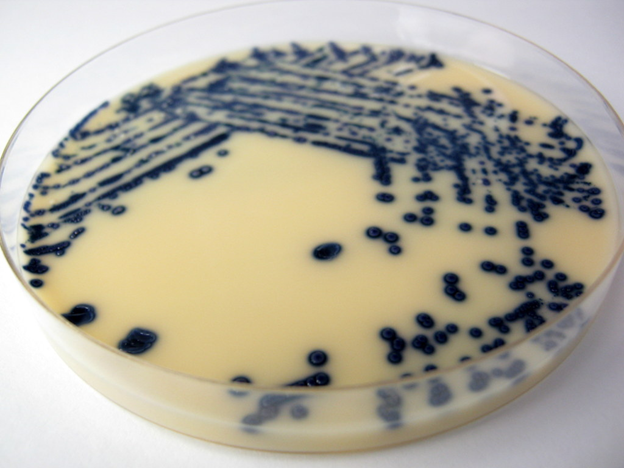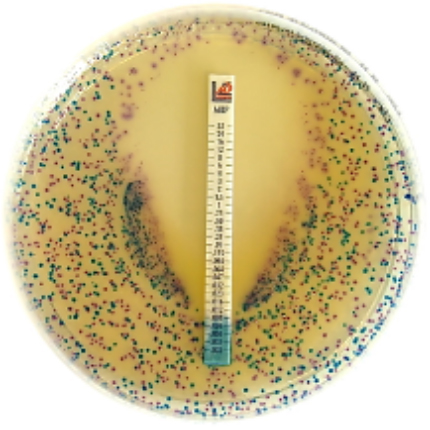Antibiotic history dates back to 1928 when Sir Alexander Fleming discovered the antibacterial effects of the yeast, Penicillium notatum, a Fungus in his laboratory. The “antibiotic era” was ushered in through the work of several pioneering scientists including Sir Alexander Fleming, Howard Florey, Ernest chain, Selman Waksman, Albert Schatz, Paul Ehrlich to mention but a few. Sir Alexander Fleming astutely recognized that a contaminated Petri dish of Staphylococcus aureus actually contained a bacterium – killing mould, which was later deciphered to be P. notatum. His work together with that of Ernest Chain and Howard Florey in 1939 lead to the isolation, purification, and commercial production of penicillin (a beta – lactam drug widely used in clinical medicine today) in 1940.
Penicillin, a beta – lactam antibiotic is a cell wall inhibitor. Unlike other antibiotics, the penicillin does specifically affect the synthesis of peptidoglycan – which is very crucial in the synthesis of cell wall in bacterial cell. This jeopardizes the integrity and structure of bacterial cells, thereby exposing them to external pressure or harmful chemicals that finally destroy the bacterial cell. Just a few years later after the discovery of the antibacterial properties of the penicillins, the antibacterial properties of “Sulphonamides” were also noted by Paul Ehrlich in 1932. Since then, a plethora of other antibiotics were also discovered and produced synthetically and semi – synthetically, thus giving hope to clinical medicine in the treatment of bacterial related infections.
Antibiotics target different features of bacterial physiology, thus expanding the range of bacterial species that can be successfully treated with them. In the early 1940’s, the industrialization of penicillin production was quickly followed by the successful isolation and development of a large number of antibiotics that has led to most of the major classes of antibiotics in use even today, namely: tetracycline, chloramphenicol, glycopeptides, aminoglycosides, cephalosporins, and rifamycin. It is no doubt that the discovery and development of antibiotics and their introduction into clinical medicine, together with the introduction of such infection control measures like vaccination, use of clean water, and personal hygiene brought infectious diseases caused by bacterial species under control.
References
Ashutosh Kar (2008). Pharmaceutical Microbiology, 1st edition. New Age International Publishers: New Delhi, India.
Bisht R., Katiyar A., Singh R and Mittal P (2009). Antibiotic Resistance – A Global Issue of Concern. Asian Journal of Pharmaceutical and Clinical Research, 2 (2):34-39.
Courvalin P, Leclercq R and Rice L.B (2010). Antibiogram. ESKA Publishing, ASM Press, Canada.
Denyer S.P., Hodges N.A and Gorman S.P (2004). Pharmaceutical Microbiology. 7th ed. Blackwell Publishing Company, USA.
Fernandes Prabhavathi (2006). Antibacterial discovery – the failure of success? Nature Biotechnology, 24(12):1.
Finch R.G, Greenwood D, Norrby R and Whitley R (2002). Antibiotic and chemotherapy, 8th edition. Churchill Livingstone, London and Edinburg.
Discover more from Microbiology Class
Subscribe to get the latest posts sent to your email.





